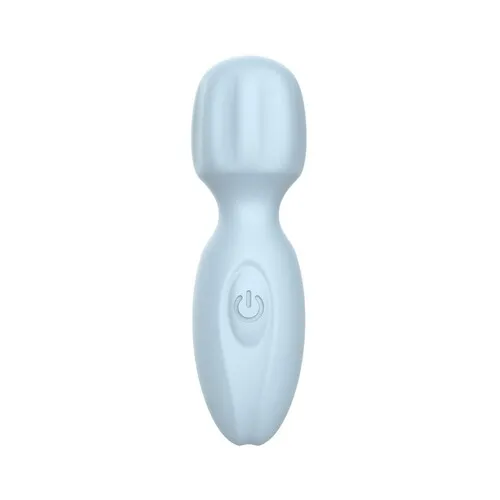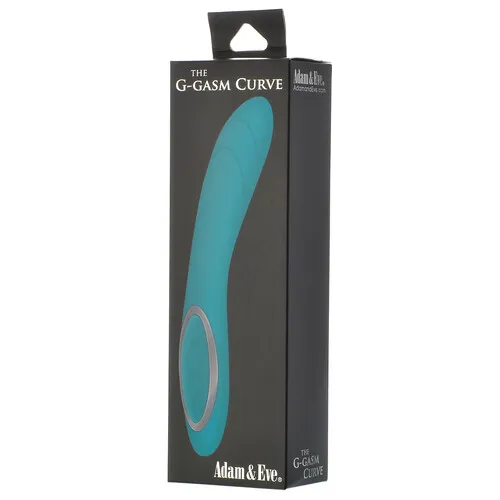Is there a difference between a clitoral orgasm and a g-spot orgasm? The answer is “yes” and “no”. All orgasms are similar: They happen when there is a build up of tension that is released in a burst of delicious sensation. During orgasm, heart rate increases, breath quickens, and muscles contract rhythmically. But orgasms can feel different depending upon which areas you stimulate, how you stimulate, or a variety of variables.
Clit Orgasm
Let’s start with the clitoris. First of all, remember that 70-80% of people prefer or require their clitoris to be stimulated to have an orgasm. This means that the clit is the most important area to focus on for a person with a vulva. Yes, it’s possible to elicit orgasm from other parts of the body (g-spot orgasms, cervix orgasms, even nipple orgasms!), but the most reliable erogenous zone is usually the clit.
It’s possible to elicit orgasm from other parts of the body (g-spot orgasms, cervix orgasms, even nipple orgasms!), but the most reliable erogenous zone is definitely the clit.
If you’ve never had a clit orgasm before, it can be a good idea to try it solo first. That way you can experiment with a variety of techniques and get to know your body, what feels good, and what doesn’t. Check out our guide for tips on stimulating your clit to orgasm. Sometimes, using your fingers isn’t enough to bring you over the edge. That’s why we recommend adding a vibrator, such as Eve’s Mighty Mini Wand, to add another layer of stimulation. This vibrator is low-cost and small so it’s great for beginners.
G-Spot Orgasm
The g-spot is the sensitive area inside the front wall of the vagina which tends to respond best to massage with fingers or a toy (the penis can hit this sweet spot, but you might need to get creative with sex positions!).
Learning how to have a g-spot orgasm can be an adventure in and of itself. Because the g-spot can sometimes be difficult to locate, having a pleasure product specifically designed to stimulate the g-spot can help. For example, Adam and Eve’s Rechargeable G-Gasm Curve is shaped in such a way that it can more easily reach that inner wall of the vagina. The added vibration can help intensify the experience and bring you to orgasm.
For a minority of people, g-spot stimulation alone can lead to orgasm, but for the majority it’s more likely that combining g-spot with the head of the clit will lead to orgasm. This is sometimes called a blended orgasm.A “blended” orgasm can feel more intense, full-body, and emotional. It might take time to discover what combination works best for you, but experimenting with rhythm, pressure, and breathing can open up new sensations.
Clit Orgasm vs G-Spot Orgasm
Two “types” of orgasmic experience are sometimes called “peak” and “wave” orgasms, and often, these are associated with the clitoris and the g-spot, respectively. A “peak” orgasm feels like a focused, intense ‘peak’, like the top of a mountain, and then afterwards the clitoris can feel too sensitive to touch again straight away. Meanwhile, g-spot orgasms tend to feel deep, slow, full bodied and more like a wave than a peak. Unlike during a peak orgasm, the body is often ready to be touched again straight away after a wave orgasm, so you can just keep going and possibly have multiple orgasms. That’s pretty cool!
A “peak” orgasm feels like a focused, intense ‘peak’, like the top of a mountain . . . Meanwhile, g-spot orgasms tend to feel deep, slow, full bodied and more like a wave than a peak.
Importantly, even though peak and wave orgasms are often categorized as g-spot versus clitoris, this isn’t true for every body. Different bodies respond to stimulation differently! Plus, research and data regarding orgasm is severely lacking; this is true for clitoral orgasm, and even more so for g-spot orgasm. Some educators say that the sensation felt by the g-spot actually comes from indirect stimulation of the internal clitoris (1). Although this hasn’t been definitively proven, if it is true, it would mean that a g-spot orgasm is a clitoral orgasm!
The Bottom Line
When you’re learning about different types of orgasms, remember that this is not a “to do list”. You don’t have to become a master of the different types of orgasms. Heck, you don’t have to have orgasms at all! There are lots of ways to enjoy sex, and orgasm is just one of them. Whatever your sex life looks like, take as long as you want, let your partner know they can take as long as they want, and focus on enjoying the pleasurable sensations however they happen for you.
To help you achieve a clitoral or G-spot orgasm, explore Adam and Eve’s catalog of vibrators. Finding the right pleasure product can sometimes be just the ticket to achieve the sensation you desire.









































.webp)
.webp)

.webp)
.webp)
.webp)